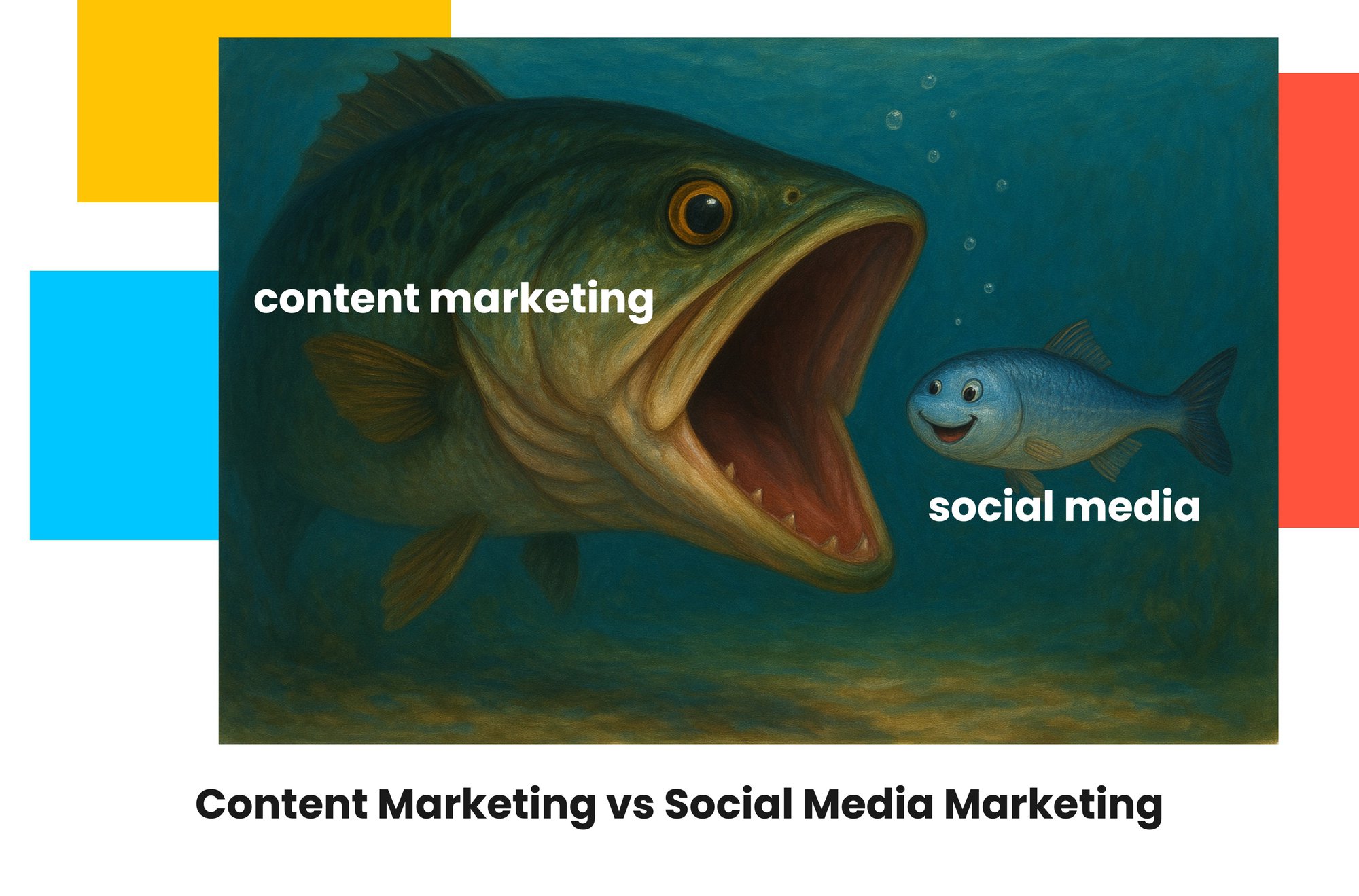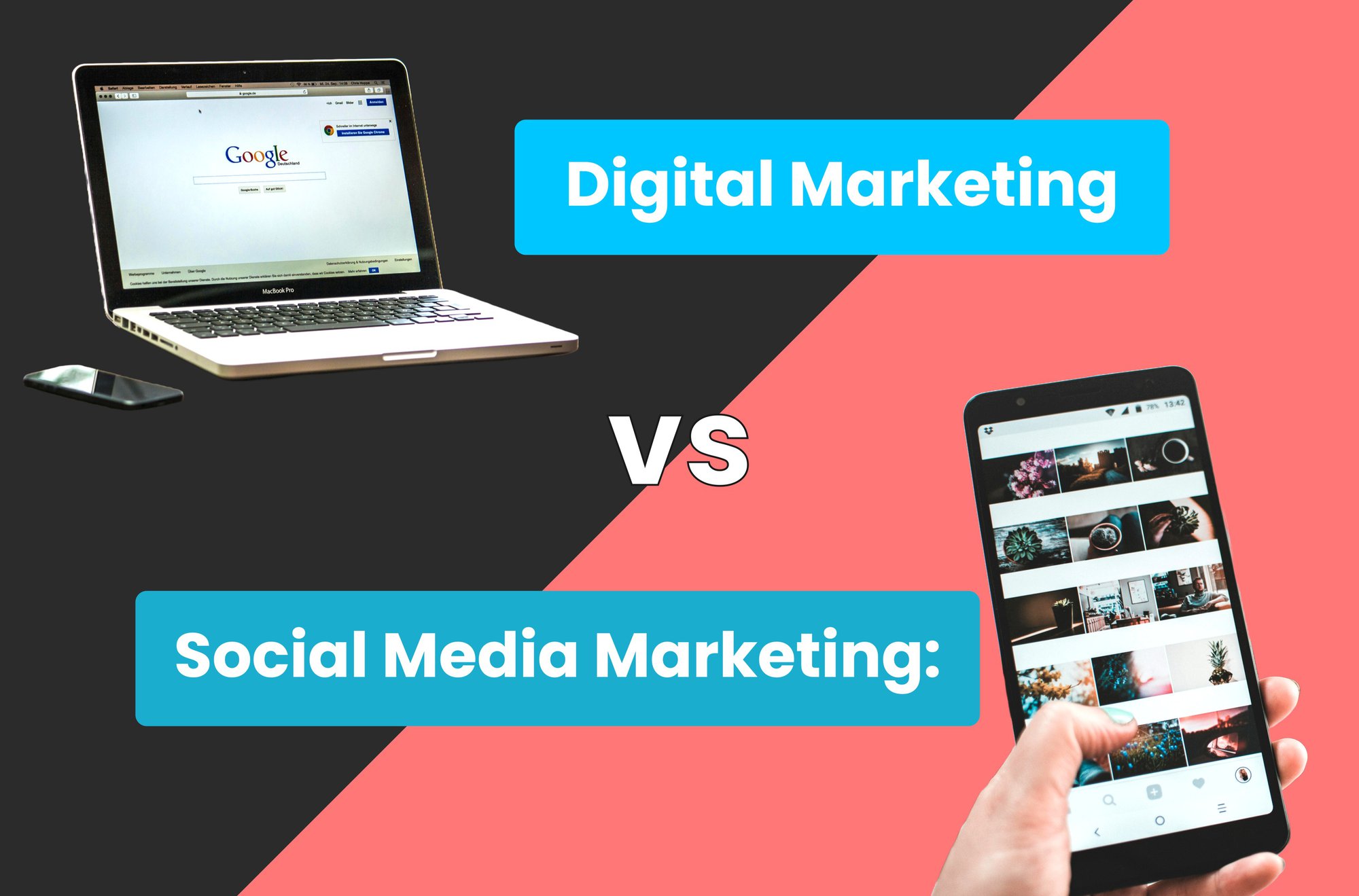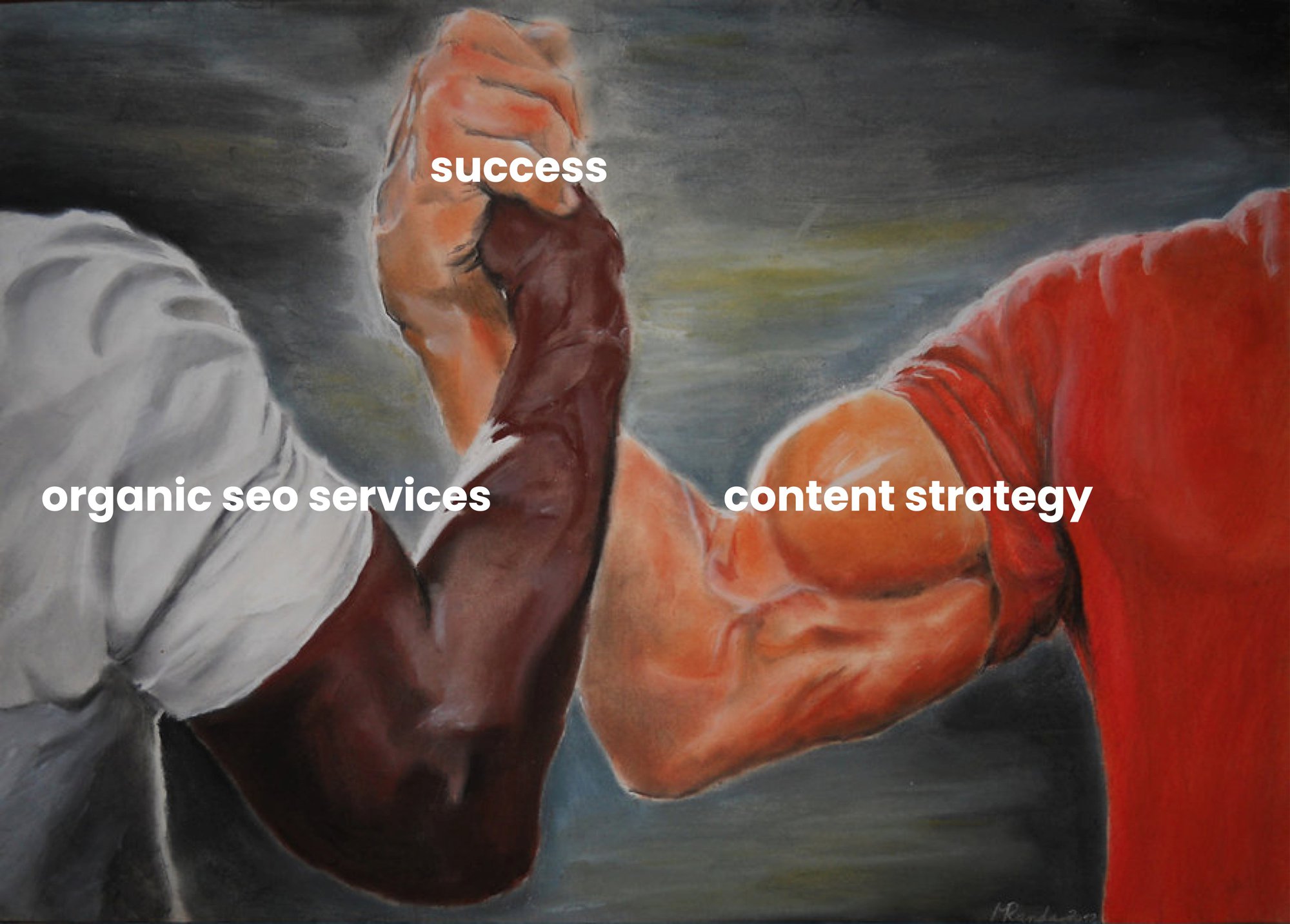When I started working with social media marketing, I thought success was all about the latest trends and flashy visuals. But as I gained more experience, I realized there was so much more to it. Social media literacy became my secret weapon—not just understanding how platforms work but also how people interpret, interact with, and are influenced by the content I create.
Social media literacy isn’t just about being active on platforms. It’s about mastering the art of critical thinking, understanding bias, and crafting messages that resonate authentically. Let’s dive into six fundamentals to help you sharpen your social media literacy and create campaigns that truly connect with your audience.
1. Understand Your Platform Dynamics
Every social media platform has its own culture, algorithms, and audience expectations. When I first started on TikTok, I treated it like Instagram—a big mistake. The content that performed well on one didn’t translate to the other, and I quickly realized I needed to understand each platform’s unique language.
Social media literacy starts with knowing how platforms work and what types of content thrive. For example, TikTok prioritizes short, engaging videos, while LinkedIn favors professional, informative posts. Tailoring your approach to each platform ensures your message lands with the right people.

The more you understand platform dynamics, the better you can optimize your campaigns. Every detail matters when connecting with your audience, from hashtags to posting times.
I actually suggest posting separately on each platform. Social media apps tend to reward users who take advantage of their built-in tools. For instance, TikTok prefers when content is created and published directly through its own editor.
@marketing.with.morgan A+ multitasking
2. Analyze Your Audience's Social Media Habits
Understanding your audience’s social media habits is like having a roadmap to their interests and behaviors. I’ve worked with clients who thought their audience was most active during work hours, only to find engagement spiked late at night. This kind of insight changes everything.

Social media literacy involves digging deep into analytics and understanding when, where, and how your audience engages. Are they scrolling Instagram Reels during their commute? Do they prefer LinkedIn updates over Twitter threads? Knowing these details helps you deliver the right message at the right time.
By analyzing audience habits, you can fine-tune your content strategy. It’s not just about being seen—it’s about being seen by the right people in the right context.
3. Recognize and Address Bias
One of the hardest lessons I’ve learned is that every piece of content carries some form of bias. Whether it’s the images you choose or how you frame your message, bias is inevitable. Social media literacy means recognizing this and actively working to counter it.
For example, I once ran a campaign for a diverse audience but overlooked representation in the visuals. The feedback rolled in quickly, and I realized the impact of my oversight. Since then, I’ve made it a point to review every campaign through an inclusive lens.
Addressing bias isn’t just about avoiding mistakes—it’s about creating content that resonates with everyone. Audiences appreciate authenticity, and social media literacy helps you deliver it.

4. Fact-Check Content Before Posting
We live in a world where misinformation spreads faster than ever, and social media is often the culprit. I’ve seen brands face backlash for sharing unverified claims, and I never want to make that mistake. That’s why I always double-check my sources before hitting “post.”
Media literacy means being a gatekeeper for the content you share. Whether it’s a statistic, a news story, or even a meme, make sure it’s accurate and credible. Your audience trusts you, and one misstep can damage that trust.
Fact-checking might feel tedious, but it’s worth the effort. It protects your reputation and reinforces your brand’s commitment to truth and reliability.
Trusted Fact-Checking Sites to Use on Social Media
Before you hit share on that wild headline or too-good-to-be-true stat, take a sec to fact-check. Social media moves fast—but bad info moves faster. Here are three go-to sites that’ll keep you from spreading digital nonsense:
Snopes
The OG of internet myth-busting. From fake celebrity deaths to suspicious TikTok trends, Snopes has probably already debunked it.
PolitiFact
Perfect for cutting through political fluff. Their “Truth-O-Meter” is basically a lie detector for campaign promises and press conferences. Check out PolitiFact.
FactCheck.org
Serious, smart, and refreshingly drama-free. If a politician said it, FactCheck probably fact-checked it.
5. Learn to Decode Algorithms
Algorithms can feel like an unsolvable puzzle, but understanding them is a cornerstone of social media literacy. I used to think algorithms were my enemy, but now I see them as tools. Once you know how they work, you can create content that aligns with their priorities.
For instance, Instagram’s algorithm favors engagement, so I focus on crafting posts that spark comments and shares. TikTok, on the other hand, prioritizes watch time and trending sounds. Knowing these nuances helps me create campaigns that perform well on each platform.
Decoding algorithms doesn’t mean gaming the system but working with it. Social media literacy helps you use algorithms to amplify your message and reach your goals.
6. Adapt to Emerging Trends
Social media constantly evolves, and staying ahead of trends is both a challenge and an opportunity. I’ve learned that adapting quickly is essential, but evaluating whether a trend aligns with your brand is just as important. Not every trend is worth chasing.
Social media literacy means understanding the “why” behind a trend before jumping on it. For example, the rise of TikTok challenges might seem appealing, but does it fit your audience and goals? Taking a step back to assess trends helps you avoid wasting time and resources.
@marketing.with.morgan Hooks, ya know? #contentmarketing #instagram #tiktok #hooks In SEO, a “bounce” happens when users leave quickly without engaging. Similarly, in video marketing, weak hooks lead viewers to stop watching early. Both require grabbing attention instantly—strong hooks in videos reduce drop-offs, just as engaging content on a webpage decreases bounce rates, improving overall engagement and performance.
Staying adaptable doesn’t mean chasing every new idea—it means being strategic about your chosen ones. With social media literacy, you can balance innovation with authenticity.
Why Social Media Literacy Matters for Marketers
Social media literacy has transformed how I approach campaigns, and it can do the same for you. It’s not just about posting content—it’s about creating meaningful connections, building trust, and driving results. The more you understand, the better equipped you’ll be to navigate the ever-changing social media landscape.
If you’re ready to take your campaigns to the next level, let me help. At Marketing with Morgan, I help equip marketers and business owners with the skills they need to master social media literacy. Visit Marketing with Morgan to learn more – I look forward to working with you!








